Muna Siddiqui's beautiful mosaic in Karachi is a call to recover a fading tradition
It's a rare sight to experience beautiful art on Karachi's walls, but when one does happen to chance by it, it immediately turns heads and gets people talking.
One such piece of art has been created by Muna Siddiqui on Hoshang Road. Muna is the owner of The Craft Company and an artist whose passion for mosaics has had her vested in the art form for years.
"I've always wanted to do public art - I know that a mosaic has a real place in the public domain; it appeals to people," the artist tells Images on how she came to work with I Am Karachi.

Working mostly on private projects, Muna signed up to be a part of I Am Karachi's campaign - creating a mural in a public space - to fulfill her wish of making public art. "I applied to be a part of I Am Karachi when I heard they were making a mural, I sent them a design and that's when it started."
Shining, gleaming and glimmering in the morning light, Muna's mosaic depicts a truck and Pakistan's flag surrounded by nature. This harmonious pairing embodies a message, she explains, and no, it has nothing to do with truck art.

"It's not truck art," she clarifies. "Since it was a public place, I wanted it to be something which would relate to the people here."
She explains, "A truck is a moving piece of art in Karachi. The art on the truck is my interpretation of art, it’s not the regular design that is seen on trucks. The mosaic is about harmony, peace; the birds circling the bus, the dove with the flower... they symoblise the beauty of Pakistan. It shows that the life in Karachi and Lahore goes on - it's about appreciating what we have."

It took over a month of continuous work during which each shard of tile was mapped, cut by hand and placed carefully according to Muna's design; where it goes and how it has to be shaped.
And the hard work paid off. The Parsons grad describes how the overwhelming feedback has been gratifying and unexpected: "The response has been amazing. I didn’t even know it would turn out so great, it was a surprise. People were talking about it and appreciating it. I put it up on Twitter, people loved it, I put it up on Facebook, people loved it."

However, Muna tells us that the people who it really got talking were the rickshaw drivers.
"A lot of people who are regular commuters stopped by the mosaic. I was telling someone the other day that rickshaw drivers stop [for rest] after a few hours work and many like stopping at a good place; they'd stop there [at the mosaic] to have chai and a smoke and they'd talk about it," she says.

But this conversation mostly centers around curiosity as the idea of a mosaic is somewhat alien to them. The artists explains, "People haven't seen mosaics here. Once when I was there [at the mural] during nighttime, these children asked me: 'What’s this shiny thing?', they didn’t understand it."
"Mosaics have been here since the Mughal time, for example in Lahore - there are so many Mughal mosaic art pieces - but it’s extinct and it [the mosaic] is an attempt at the revival of an art that has been forgotten in this country," says Muna. "At the same time it’s about how there should be public art, there should be appreciation."
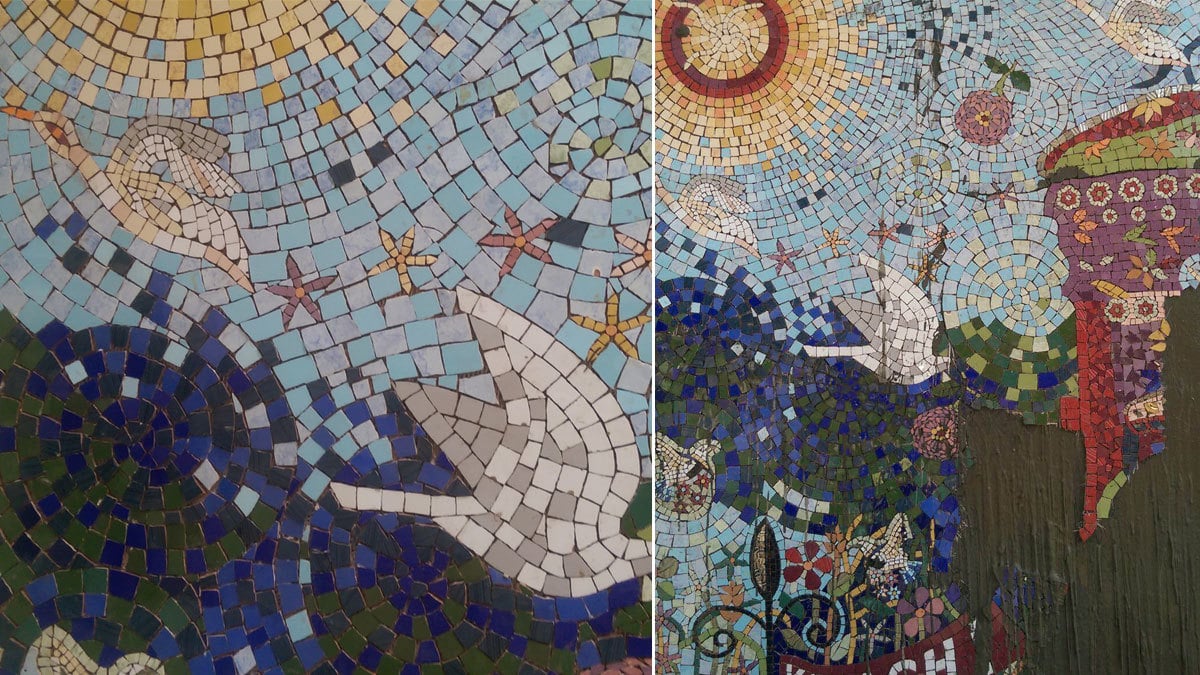
Her problem, a common phenomenon found in Karachi, is with the art on roundabouts. She says, "Every roundabout is sponsored by a company promoting their product and I find it sad. There should be something more dedicated to people’s aesthetics, something they can appreciate, something that has more than a marketing logo attached to it."

This is a problem she hopes to alleviate with more public art. However, at the time being she's focusing on her company, but if another such project comes her way, she's more than willing to be a part of it.






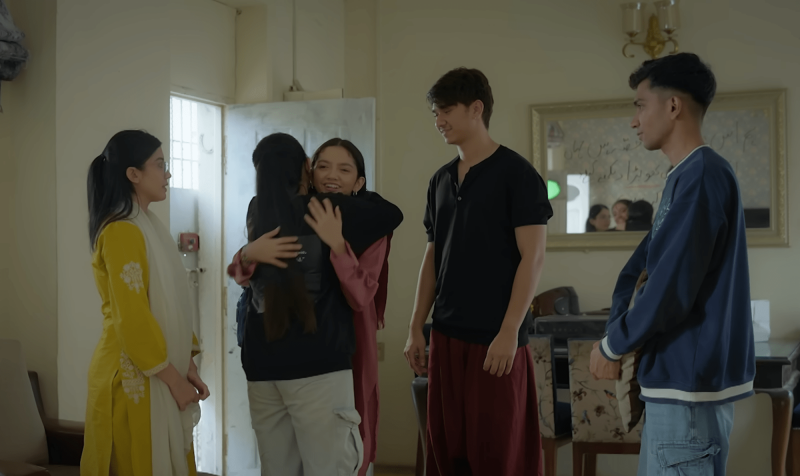
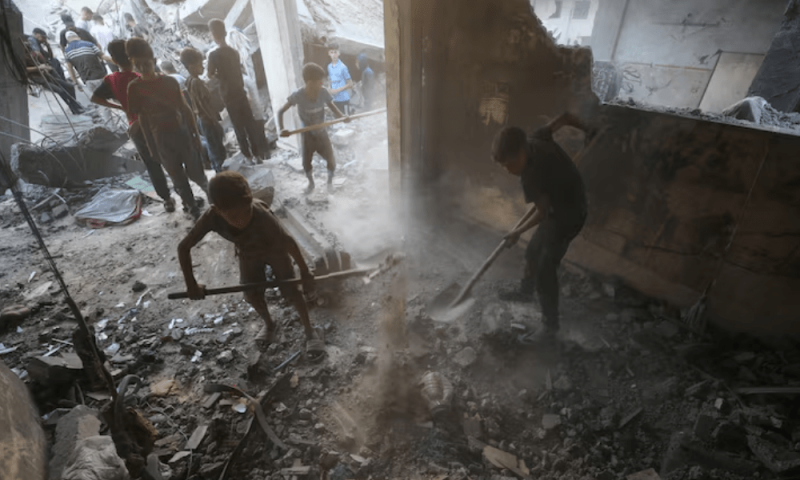
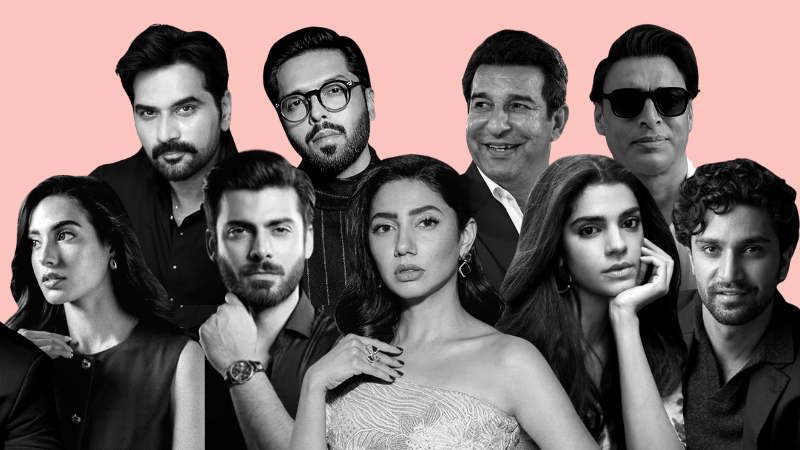
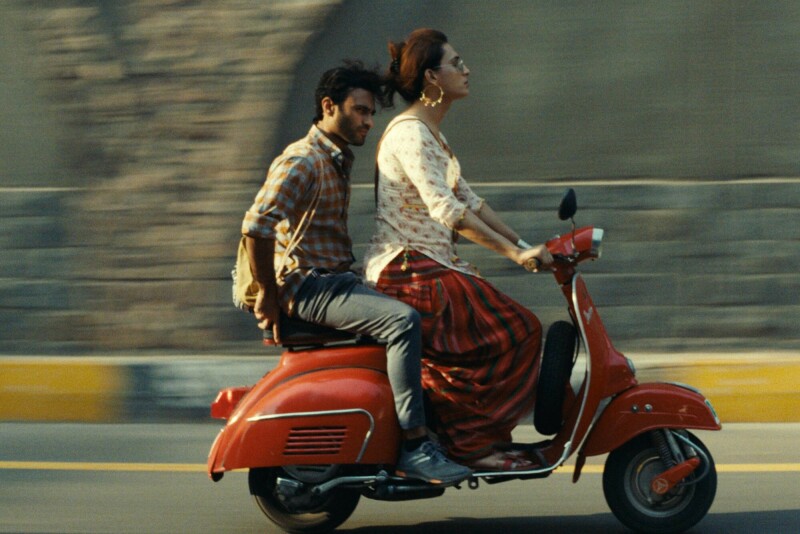
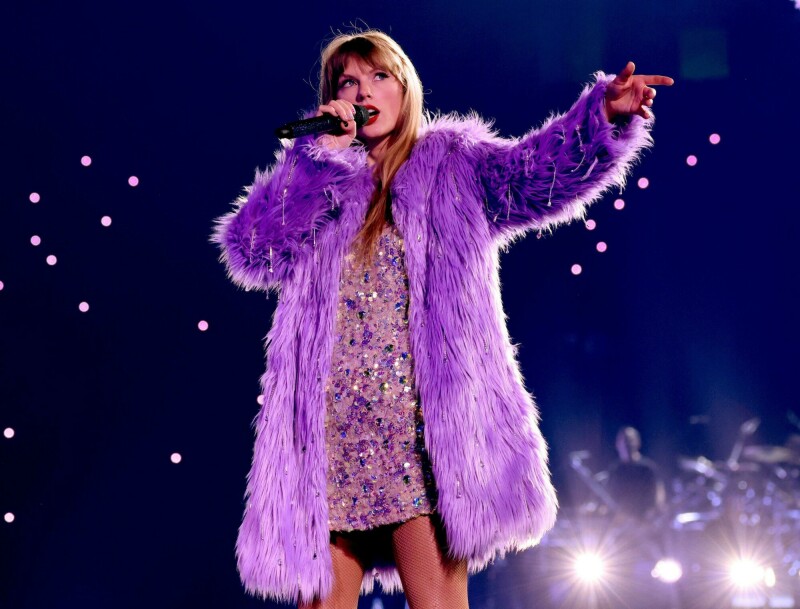

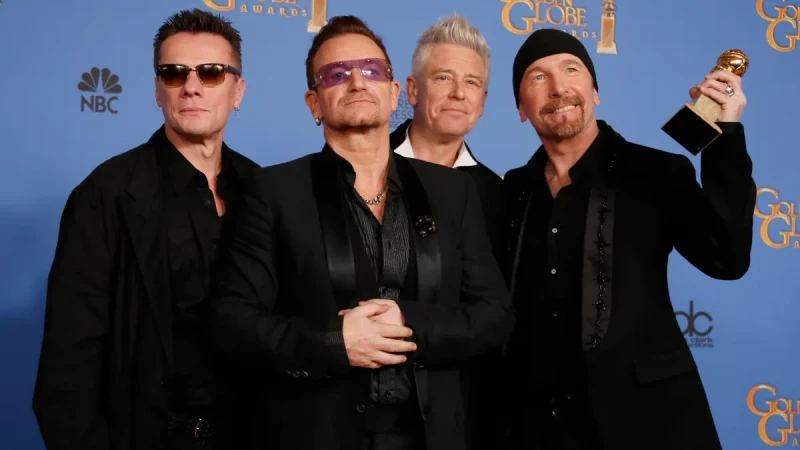
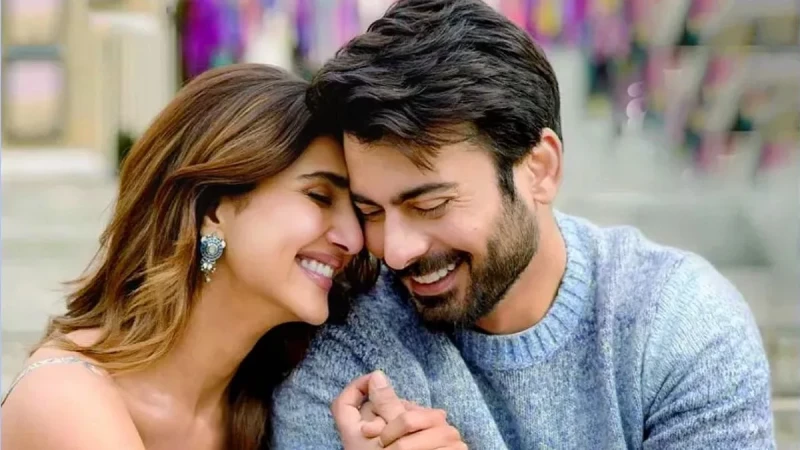
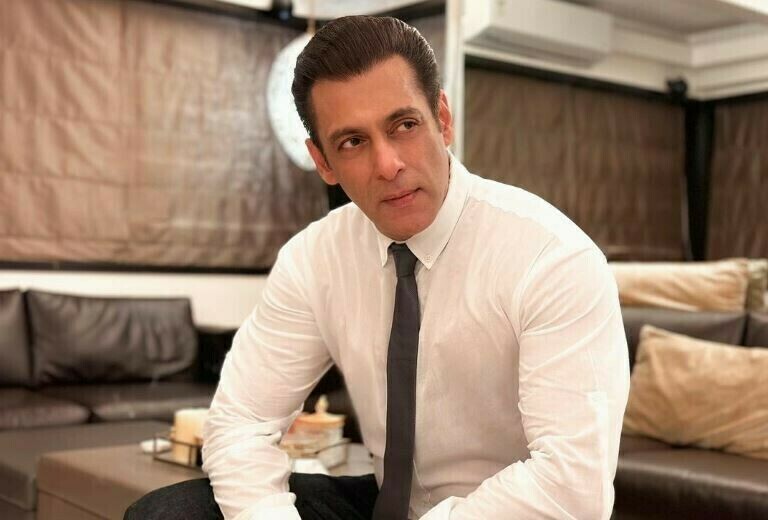
Comments